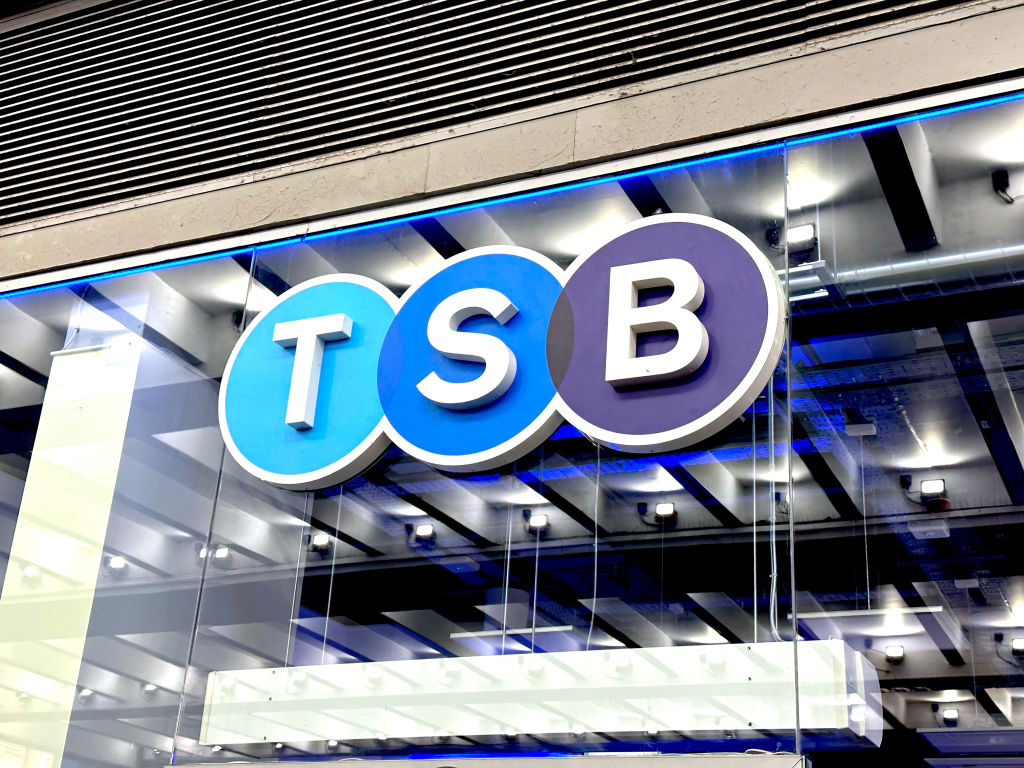CITR: how you can do well by doing good
Ignore corporate virtue-signalling. The CITR is a more practical and tax-efficient way for investors with a social conscience to help struggling communities, says David Stevenson.


I'm deeply cynical about corporate virtue-signalling, whereby big companies chase good environmental, social and governance (ESG) ratings in order to appear to be doing the "right" thing. Investing where you have a direct impact on a social need strikes me as much more interesting. It is often done by so-called third-way institutions: mutuals, community enterprises and socially-minded corporations, for instance. In this category we've seen the emergence of several new institutions, many of them banks, which have tried to develop new products that should appeal to investors with a social conscience.
It was in connection with some of these new investment products that I was introduced to the Community Investment Tax Relief Allowance (CITR). The idea behind this tax relief is admirable. There are many potential investment projects that don't quite fit the traditional investment definitions. They need to work alongside newer financial institutions that are less profit-orientated and more community-focused. They can produce a return, but they also have an impact that benefits the community.
How it works
The CITR scheme could be especially attractive to higher-rate taxpayers that 25% relief over five years equates to an annualised return of 3.9%-6.12% (subject to an individual's utilisation of their personal savings allowance), while for those paying the additional tax rate the net benefit amounts to 6.63%. Note that the relief can also be used by businesses to reduce their tax bill.One organisation using the CITR is Charity Bank. It makes loans to charities and social enterprises and is owned by charitable foundations, including Big Society Capital and the Charities Aid Foundation. Since its launch in 2002 it has made nearly a thousand loans to charities and social enterprises totalling over £270m. At the end of 2018 the loan portfolio stood at just £142.7m, with the balance sheet expected to grow to £188.1m in 2019. The majority (97%) of the bank's loans are secured and total losses to date (since 2002) amount to 0.36% of the amount lent out. Charity Bank also raises money from depositors in the conventional manner and deposits are forecast to be £212m at year-end 2019. According to one note on the bank, it has an impressive tier-1 capital ratio (a key measure of financial strength) of 15.7% as of the first quarter of 2019. It recently became profitable.
Subscribe to MoneyWeek
Subscribe to MoneyWeek today and get your first six magazine issues absolutely FREE

Sign up to Money Morning
Don't miss the latest investment and personal finances news, market analysis, plus money-saving tips with our free twice-daily newsletter
Don't miss the latest investment and personal finances news, market analysis, plus money-saving tips with our free twice-daily newsletter
The products on offer
Also, in recent weeks Charity Bank has been quietly approaching wealth managers with a new fundraising placement for investors with £100,000 or more. They're offering tier-2 capital loan notes based on the bank balance sheet that could generate returns of up to 10% per annum for highest-rate taxpayers (tier 2 denotes the level of risk above tier 1, which comprises cash and other highly liquid assets). This extra capital should allow the bank to grow its lending base, but the new notes come with the CITR, which means that an investor putting in £100,000 would be able to reduce their income-tax bill by £5,000 per year for five years. The bond will also offer a 1% coupon, which means a higher-rate taxpayer at 45% would in effect be receiving a yield of just over 10% gross. Note, however, that the tier-2 loans I mentioned are unlisted and off-market. The bond is not covered by the Financial Services Compensation Scheme. And looking at the tax-relief allowance, you'll need to remember that you are locked in for five years and the money must be invested for the full five years.
There are more institutions than just Charity Bank offering products with CITR. The website responsiblefinance.org.uk has an excellent list of them. It reckons that to date £145m in private investment has been raised via 33 accredited institutions. Investors are likely to hear a lot more about this tax relief over the next few years.
Get the latest financial news, insights and expert analysis from our award-winning MoneyWeek team, to help you understand what really matters when it comes to your finances.

David Stevenson has been writing the Financial Times Adventurous Investor column for nearly 15 years and is also a regular columnist for Citywire. He writes his own widely read Adventurous Investor SubStack newsletter at davidstevenson.substack.com
David has also had a successful career as a media entrepreneur setting up the big European fintech news and event outfit www.altfi.com as well as www.etfstream.com in the asset management space.
Before that, he was a founding partner in the Rocket Science Group, a successful corporate comms business.
David has also written a number of books on investing, funds, ETFs, and stock picking and is currently a non-executive director on a number of stockmarket-listed funds including Gresham House Energy Storage and the Aurora Investment Trust.
In what remains of his spare time he is a presiding justice on the Southampton magistrates bench.
-
 Is property investment still as safe as houses? Why golden era could be over
Is property investment still as safe as houses? Why golden era could be overThe golden era of property is over and investors are better off in the stock market, new research suggests
-
 What Santander’s takeover of TSB means for customers
What Santander’s takeover of TSB means for customersSantander is set to buy rival TSB for £2.65 billion. What does it mean for customers, and could we see the TSB brand disappear from the high street?